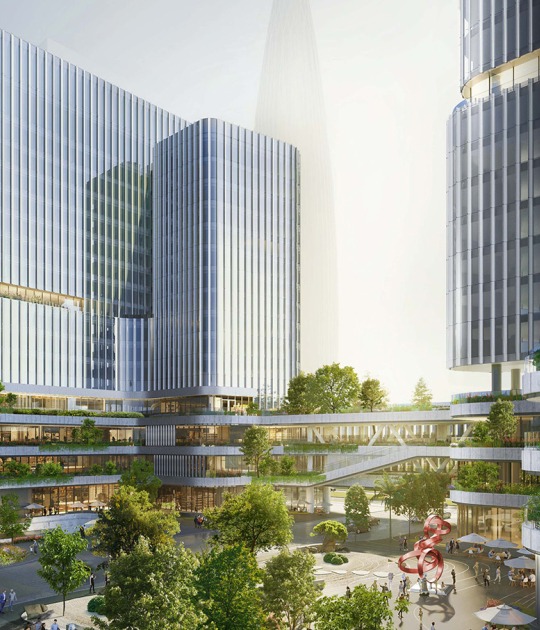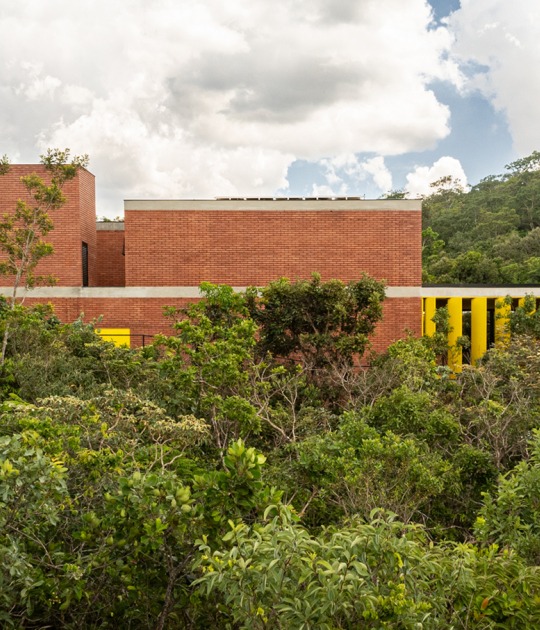Foreclosed: Rehousing the American Dream is an exploration of new architectural possibilities for cities and suburbs in the aftermath of the recent foreclosure crisis. During summer 2011, five interdisciplinary teams of architects, urban planners, ecologists, engineers, and landscape designers worked in public workshops at MoMA PS1 to envision new housing and transportation infrastructures that could catalyze urban transformation, particularly in the country’s suburbs. Responding to The Buell Hypothesis, a research report prepared by the Buell Center at Columbia University, teams—lead by MOS, Visible Weather, Studio Gang, WORKac, and Zago Architecture—focused on a specific location within one of five “megaregions” across the country to come up with inventive solutions for the future of American suburbs. This installation presents the proposals developed during the architects-in-residence program, including a wide array of models, renderings, animations, and analytical materials.
Organized by Barry Bergdoll, The Philip Johnson Chief Curator of Architecture and Design with Reinhold Martin, Director, Temple Hoyne Buell Center for the Study of American Architecture at Columbia University.
The exhibition is made possible by The Rockefeller Foundation. This is the second exhibition in the series Issues in Contemporary Architecture, supported by Andre Singer. The accompanying workshops are made possible by MoMA’s Wallis Annenberg Fund for Innovation in Contemporary Art through the Annenberg Foundation. Additional support for the publication is provided by The Richard H. Driehaus Foundation.
"Foreclosed: Rehousing the American Dream"
February 15-July 30, 2012
The Robert Menschel Architecture and Design Gallery, third floor
The five sites chosen have characteristics that make them particularly pertinent to nationwide challenges associated with the international financial downturn, including a significant rate of foreclosure, and a considerable amount of publicly held land available for development.
The teams developed proposals based on the ideas drawn from The Buell Hypothesis, a research publication (available at www.buellcenter.org and summarized in the publication accompanying the exhibition) by Mr. Martin, and Leah Meisterlin and Anna Kenoff of the Temple Hoyne Buell Center, which envisions a rethinking of housing and related infrastructures that could catalyze urban transformation, particularly in the American suburbs.
The resultant proposals are not a set of blueprints for the development of specific places so much as an array of visions that invite rethinking the physical and financial architecture of living, working, and commuting in the extended suburbs.




























